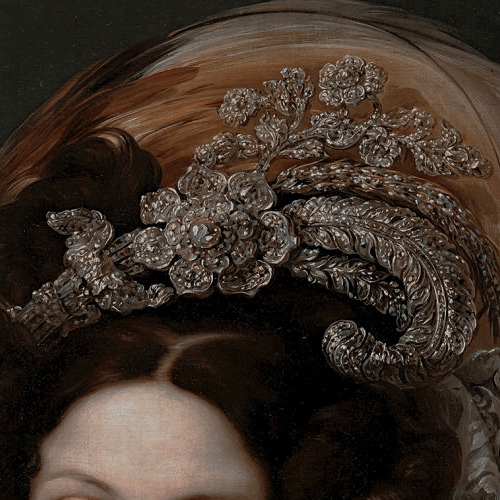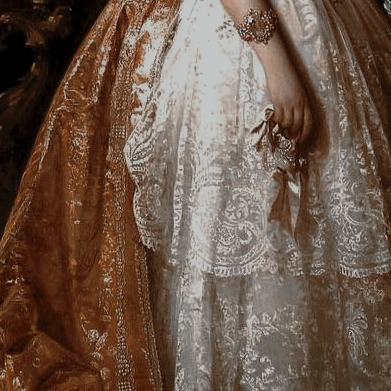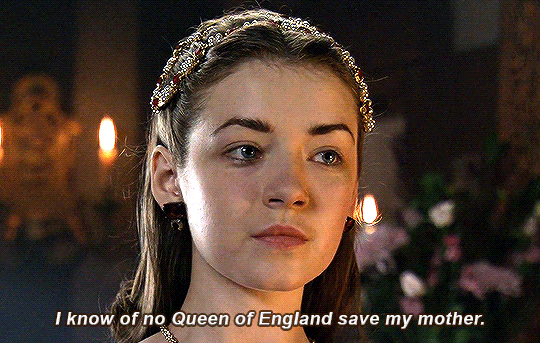Photo
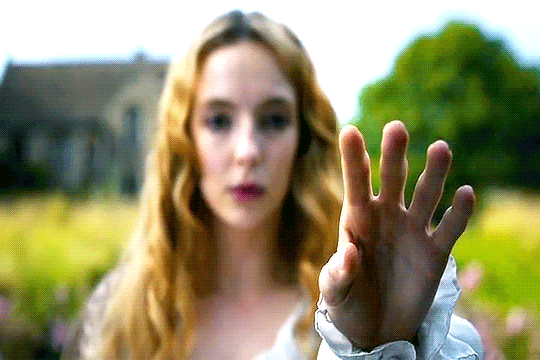



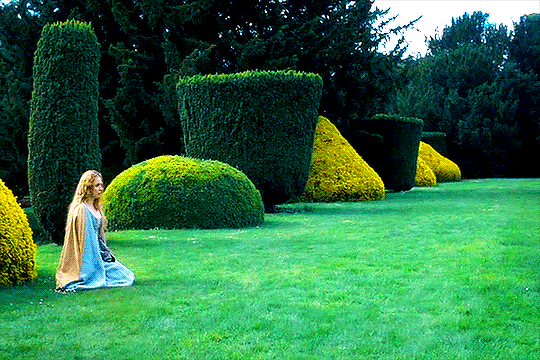

Favorite Shots from:
↳ Episode 1 “In Bed With The Enemy” from The White Princess
188 notes
·
View notes
Note
What was the deal with aesthetic dress reform and how is it different from normal Belle Epoque fashion?
So I actually had to go to Wikipedia about this, because while I knew the rough basics about Artistic/Aesthetic Dress- medieval inspiration, loose silhouettes, interconnected with the Pre-Raphaelites, purporting to improve on various aspects of women’s fashion depending on who you asked -I didn’t know the specifics myself.
It seems like how much it was about reform could vary wildly. In a lot of ways it reminds me of modern historybounding/vintage fashion, albeit with less research done into the actual time period it was kind of referencing. There was kind of this idea of hearkening back to the sartorial Good Old Days of natural-dyed colors, hand-embroidery, emphasis on individual craftsmanship, and loose, flowing silhouettes. The reform in question almost seems to have been more aesthetic than practical, much of the time.
(It seems to have almost had some Regency influences at times, which is really interesting considering that Regency was still recent enough to potentially fall under “Great-Grandma’s clothes” rather than “artistic and ancient.” And the idea of wearing old clothes wasn’t socially popular, as I’ve mentioned before.)
As for the differences...I can think of no better illustration than this painting from 1881:

(Detail from “A Private Viewing At the Royal Academy.” William Powell Frith, 1881. He’s contrasted Artistic Dress fashions, at left and right, with popular styles of the day, center. Honestly I think the corseting on the Popular Fashion contingent is exaggerated and the Artistic Dress women look more like photographs of average 1880s ladies in terms of waist size. But it’s a satire, so I suppose that’s the point.)
As for extant examples, I feel like some ended up looking better than others:

(Tea gown by Liberty of London, 1897. While it’s definitely not conducive to tightlacing, I think the inclusion of a train belies the idea that Artistic Dress was all about making women’s clothing more practical. And I love this gown, to be clear.)

(Dress, also by Liberty of London, 1890s. It’s difficult to imagine the figure that this weird mushroom/muffin-top shape would flatter, and the color definitely isn’t helping.

(”Mrs. Luke Ionides,” by William Blake Richmond, 1882. Another one that I really love.)

(”Symphony in Flesh Color and Pink: Portrait of Mrs. Frances Leyland,” by James McNeill Whistler. 1871-74. She’s making it work, but this really just looks like a nightgown to me. Which seems to be a common issue among many Artistic Dress gowns.)
So yeah. That was a thing. Hope this provides at least a basic, useful primer!
61 notes
·
View notes
Photo

Beautiful 15th century dresses - one is the typical Burgundian dress, which was popular in the courts of Henry VI, Edward IV and Richard III - and the other looks to me like a maternity dress.
751 notes
·
View notes
Photo


Le temps viendra. Je Anne Boleyn.
470 notes
·
View notes
Photo

The beautiful gilding and details on the cuirasse and arm harnesses of this parade armor made for Archduke Ferdinand Tyrol Hapsburg II, circa 16th century
3K notes
·
View notes
Photo

Vicente Romero Redondo (Spanish, b. 1956). Pastel on paper. 2015.
Source
13K notes
·
View notes
Text
glorianas replied to your post “Why do people hate Jane Seymour so much?”
and then get mad when other people are interested in her and want to study her because everyone must hate/find her boring too or they’re wrong
You know I always find it weird when particularly Anne Boleyn fans make this claim. That Jane Seymour is boring. You would think since the majority of them consider themselves feminists they wouldn’t use this type of language against women.
Honestly, it screams to me that they are too personally involved with the story that they come up with these utter fanfic ideas that Jane was the cause of Anne’s fall and that she somehow took joy out of Anne’s death. I’ve never see a lot of evidence for Jane taking joy from Anne’s death. She acted happy to be married to the King but that was expected behavior. Much like Anne we don’t know much about her personal feelings towards Henry VIII.
It’s super funny when Anne Boleyn fans claim all these negative things towards Jane when you could make the same negative claims (and they have been made) towards Anne due to her involvement in Henry and Catherine’s marriage.
Honestly, it’s such a hypocritically position to have. I expect Jane hate from male historians who are so far up Henry VIII’s ass they can’t see daylight, but I really don’t understand how people who act like Anne Boleyn think Jane was this horrible bland person who ruined Henry and Anne’s “perfect” relationship.
I mean some of these people need to just realize that Henry and Anne’s relationship was abusive and toxic. He bullied her into submitting to him and then after only 3 years of marriage he murdered her. Nobody else forced Henry to do that, it was an unprecedented thing to do in England. He gave Anne hardly any time to even have children.
So many people just want to blame Henry VIII’s actions on someone else, Cromwell, Jane, jousting accident, etc. It couldn’t possibly be Henry’s fault that he murdered a woman now could it. This is such utter misogyny.
#jane seymour#henry viii#anne boleyn#opinions#*lifts glass* unfortunately#again i'm not particularly drawn to jane but it's nothing to do with her being boring or not and that's kinda rude to say of#someone in the tricky af position jane was in#but i'm lucky i haven't seem much of this type of behaviour?#queue me a river
89 notes
·
View notes
Text
Edward IV acquired a lot of jewellery and plate. In his slightly longer reign, Henry VII bought considerable more. Between 1491 and 1509 it has been estimated he spent £200,000 on jewells and plate. There are no extant inventories from Henry VII’s jewel house or his wardrobe of robes and beds taken either during his lifetime or posthumously. However, it has been inferred that 735 of the 887 entries in the 1521 jewel house inventory had belonged to Henry VII. It is possible to trace the items marked with the HE monogram for Henry and Elizabeth of York within the inventories of Henry VIII, and these initials are chiefly found on two groups of objects: furnishings and plate.
The turnover in the jewel house was rapid […] The only piece of jewelled plate marked with HE in 1521 that remained in the jewel house in 1547 was a holy water stock decorated with five small point diamonds, 13 small rubies, one coarse emerald and 19 pearls. More personal items marked HE appear in two lists of Henry VIII’s jewels, dating from the middle of his reign: 35 long buttons, a ring, two gold tooth picks, a gold dial with HE on one side and a portcullis on the reverse and a round, silver-git hand warmer.
— Maria Hayward, Dress at the Court of Henry VIII
29 notes
·
View notes
Photo


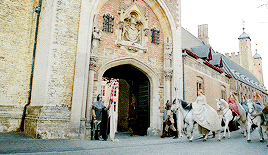
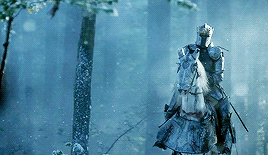

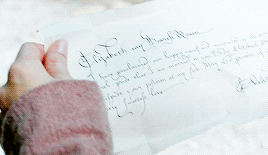


the white queen ♔ episode one
You are a girl from the House of Lancaster, and you live in a country that is divided. You may not fall in love with a York King unless there is some profit in it for you. Your life will not be easy because you wish it to be so. You will have to wade through blood and you will know loss, you must be stronger.
716 notes
·
View notes
Photo
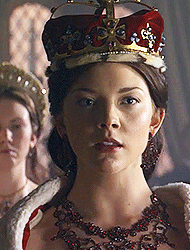


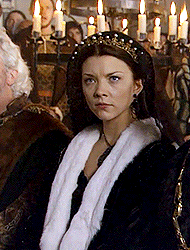
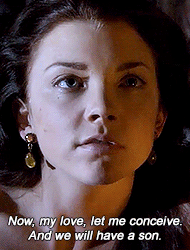
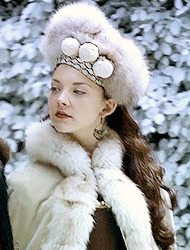

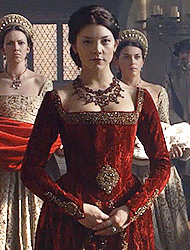
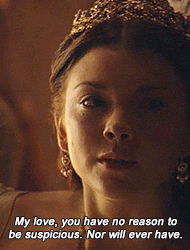
Anne Boleyn in every episode 202
Here is a book of prophecy. This is the King, this is the Queen… and this is myself, with my head cup off.
469 notes
·
View notes
Photo

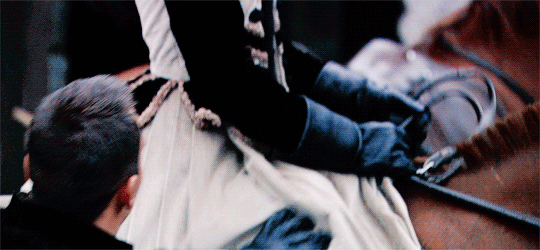
(ノ◕ヮ◕)ノ*:・゚✧*
2K notes
·
View notes
Photo

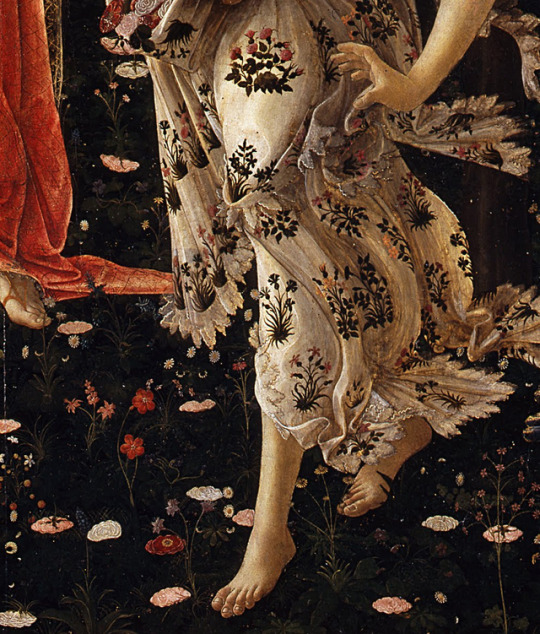
Detail of Primavera, 1482, by Sandro Botticelli (1445-1510)
3K notes
·
View notes
Text
St. Thomas More reading Martin Luther’s 95 Theses:

241 notes
·
View notes
Photo

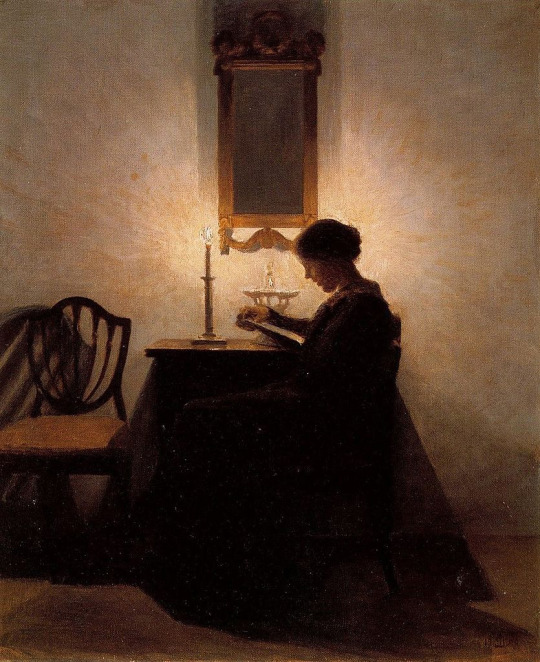


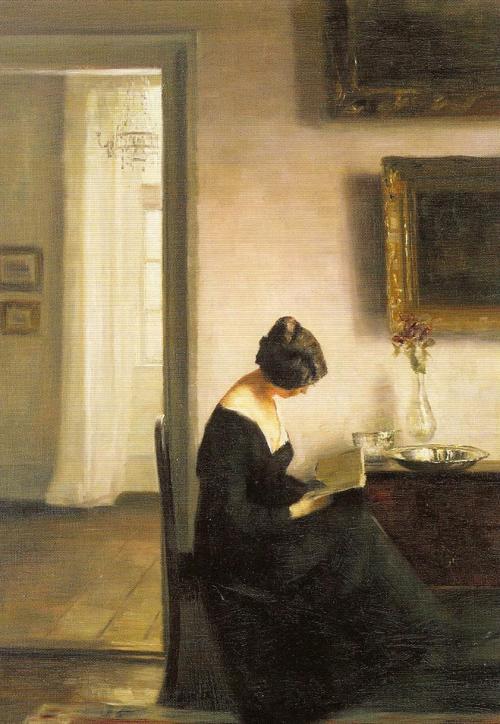

women reading in peter vilhelm ilsted (1861–1933)
18K notes
·
View notes
Photo
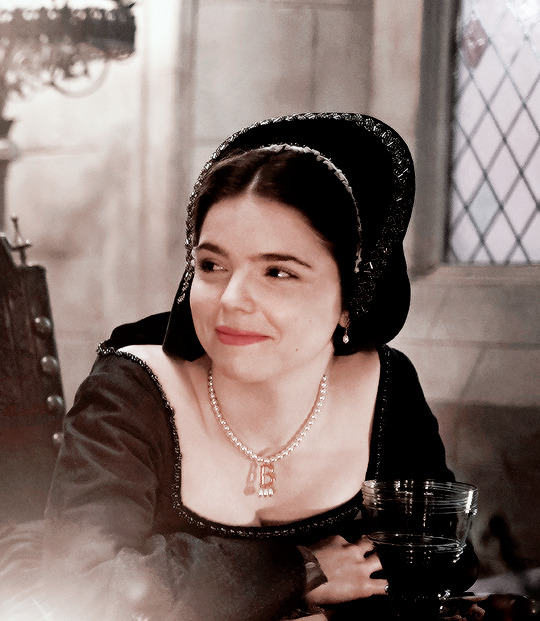

✧ “Anne Boleyn was significantly younger, “better-born” and more beautiful than the recent perception of her suggests. And passion, and obsession, had everything to do with both her rise and her fall. I have argued that she was born much later than the work of historians in the 1980s suggested and that she was born closer to the end of the first decade of the sixteenth century, rather than the very beginning. I also know, as other historians have before me, that by the standards of her day Anne was by far and away the highest-born of Henry’s four English wives – her father was the heir to an earldom, her mother the daughter of a duke. Far more so, indeed, than any of Henry’s other wives, Anne Boleyn was entirely the product of sixteenth century upper-class high society, a ‘heady, sophisticated and superficial atmosphere…an ambience in which she flourished, like a fine orchid in a hothouse.’ She was every inch the courtier, the aristocrat, the socialite. She knew no other life. There is no evidence to suggest that Anne ever experienced one moment of financial or material uncertainty and her knowledge of what life was like beyond the palaces’ walls must have been fairly limited.” - Gareth Russell
788 notes
·
View notes

